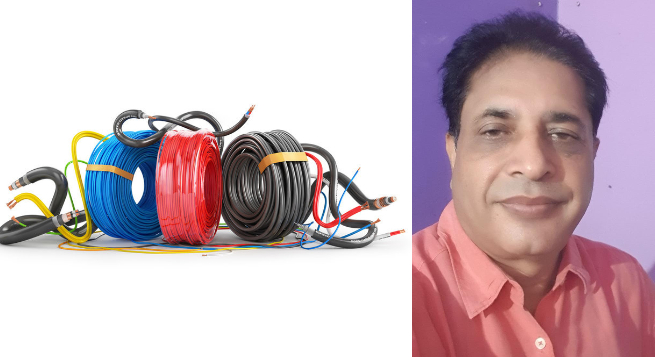By Vinod Kumar Chawla
Cable TV operators are facing tough times as the industry seems to be in a dying phase — something similar to the fall of cinema halls, VCR/VCD in the years 1990 to 2005.
There are several reasons for the death of the cable TV industry and I try to analyse some of the important ones contributing to this downfall.
Mandating of Digitization
Nearly a decade ago, when the Indian government mandated digitization of cable TV, those who did not want to spend on new set-top boxes gave up on their subscriptions.
The downfall in the connectivity was about 10 percent but the cable TV operators were hopeful to get the customers back as the monthly subscription was much lower than those of the DTH service providers.
But a lot of the subscribers did shift to DTH platforms too as they did not find the wired cable TV services as beneficial as it was earlier.
The subscribers were used to watching different channels on different screens in their homes with one wired connection and paying a much lower amount.
However, after digitization, subscribers were mandated by law to have separate STBs for every screen (like in a DTH service), which put additional burden on every households’ budgets.
Tariff Order from TRAI
Another blow came in 2019 when the telecom and broadcast regulator TRAI issued a New Tariff Order, which complicated channel selections for the subscribers even as the broadcasters raised prices of their popular channels.
On the one hand, TRAI was advertising about the reduction in pricing of cable TV services , but on the other hand, the broadcasters increased the prices of all their popular channels like ZEE TV, Star Plus, Sony, Colors and some other channels that resulted in a heavy increase in monthly bills of the subscribers, forcing them to look for other options.
The cable TV customers were happy with their local cable operators (LCOs) as they were getting all the popular channels at an average monthly bill of Rs.200.00 without any hassle of channel selection and making the payment as per their convenience.
This feature did give an upper hand to the wired cable TV over DTH services.
But after the prices of cable TV and DTH services were at par, subscribers shifted to DTH platforms for better quality and lower service-related complaints resulting in loss of business to the LCOs. The pricing parity led to a 50-60 per cent increase in cable TV tariffs, which eroded the price advantage it enjoyed over DTH.
Data from the Broadcast Audience Research Council India shows that as many as 210 million households in India owned a television set in 2020. This was a 6.9 per cent increase from 2018, when there were 197 million TV homes.
But the number of cable homes in India fell from 115 million to 100 million, including the DTH customers. According to a report by credit rating agency CRISIL, DTH subscriber base substantially increased in FY20 as the cable TV subscribers shifted after the implementation of the New Tariff Order.
This was because the cable operators were struggling with integration and roll-out challenges. Moreover, the LCOs were not educated enough to quickly realise the advantages of digital technology and its adoption. At the end of 2020, India had about 70 million DTH customers, almost double of the wired cable TV subscribers.
Doordarshan FreeDish
Public broadcaster Doordarshan’s free to air DTH platform FreeDish too has contributed to the erosion of wired cable in the country. FreeDish is a service where a subscriber doesn’t have to pay a monthly subscription fee, making a very affordable one-time payment for the set-top box, accessories and installation.
DD FreeDish service started with 33 channels in 2004. There are 167 TV channels presently on the platform, apart from 48 radio channels.
Many private sector TV channels too have preferred FreeDish platform — after bidding for limited slots, of course — and this has attracted consumers who have moved away from cable TV.
FreeDish airs not only entertainment and movie channels, which use the platform to widen their reach and increase advertsing revenues, but also those that showcase a wide range of infotainment, educational, cultural, and agricultural content. Government announcements, live events and sports events are live telecast on many of these channels.
DD FreeDish is available throughout the country except in Andaman & Nicobar Islands. It reaches even those places where terrestrial or cable TV is not available like in border regions, and remote and tribal areas.
FreeDish is estimated to have crossed 43 million subscriber base. On the other hand, cable TV’s share of total television subscribers has steadily declined from 63 per cent in FY15 to 30 per cent in FY22.This also meant that the average revenue per user of DTH and cable TV has been converging quickly.
Internet and OTT Platforms
Over the last four to five years, availability and adoption of broadband at lower and affordable prices with better quality has been growing like anything. Day to day activities in all walks of life, like education, banking, office work and so many other things, are based on the platform of the Internet.
The period of Coronavirus, and subsequent lockdown, also set new dimensions of work based on the Internet and the same became available widely.
OTT platforms like Netflix, Amazon Prime, Disney+Hotstar, Zee5, SonyLIV, Voot and many such others are available at low monthly subscriptions along with almost all the TV channels and foreign content.
Besides this, a few OTT platforms like MX Players, Balaji, JIO TV, (Amazon) Mini TV and YouTube are available without any monthly fee. News channels and free to air TV channels have launched their own applications, which can be accessed through the Internet at any point of time and from anywhere on a smartphone or smart TV.
The industry has now been playing up the Internet as its core offering as the video consumption pattern is showing a gradual shift from linear TV channels to streaming services.
Therefore, with increasing options — like smartphones, OTT platforms and FreeDish — capturing customers’ fancy and eyeballs, cable operators are losing connectivity every day.
The launch of 5G as well as increase in the availability of high-speed Internet will definitely kill the cable TV industry in the next two to three years of time — unless and until something is done on the pricing, taxation as well as content fronts.
It’s very clear that cable TV as a standalone video service is in a structural decline as no major foreign investor has entered the sector though 100 per cent FDI is allowed.
(The author, Vinod Kumar Chawla is a partner in cable network STN TV Network, operating in Uttarakhand State’s Rudrapur. The views expressed are personal. Indianbroadcastingworld.com need not necessarily subscribe to them)
 Govt. not considering rules for use of AI in filmmaking: Murugan
Govt. not considering rules for use of AI in filmmaking: Murugan 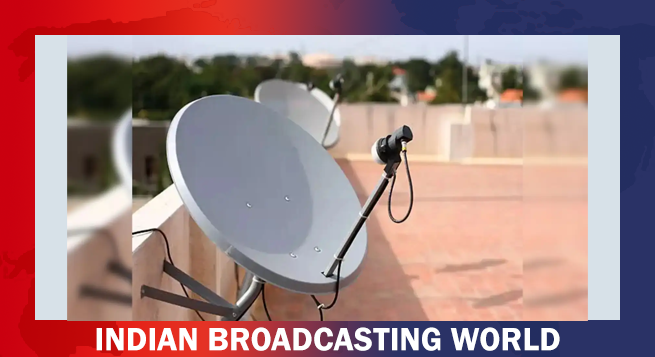 DTH revenue slide to ease to 3–4% this fiscal year: Report
DTH revenue slide to ease to 3–4% this fiscal year: Report 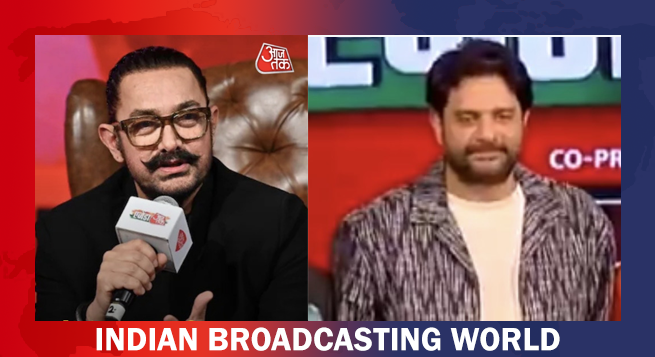 At Agenda Aaj Tak, Aamir, Jaideep Ahlawat dwell on acting, Dharam
At Agenda Aaj Tak, Aamir, Jaideep Ahlawat dwell on acting, Dharam 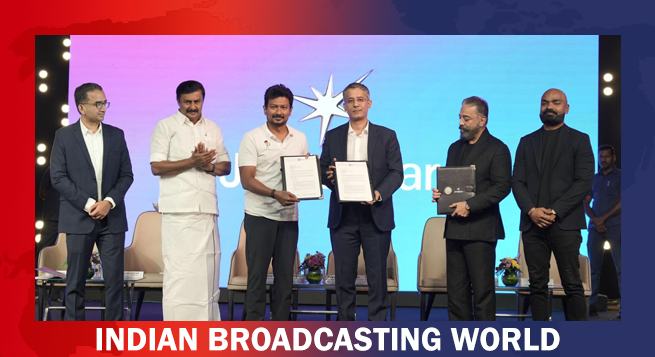 JioHotstar to invest $444mn over 5 years in South Indian content
JioHotstar to invest $444mn over 5 years in South Indian content 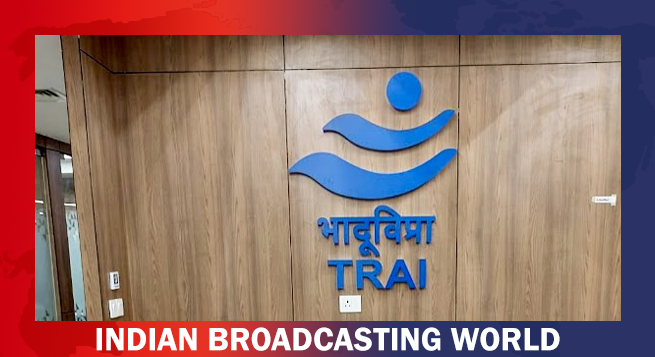 Standing firm, TRAI rejects DoT views on satcom spectrum fee
Standing firm, TRAI rejects DoT views on satcom spectrum fee 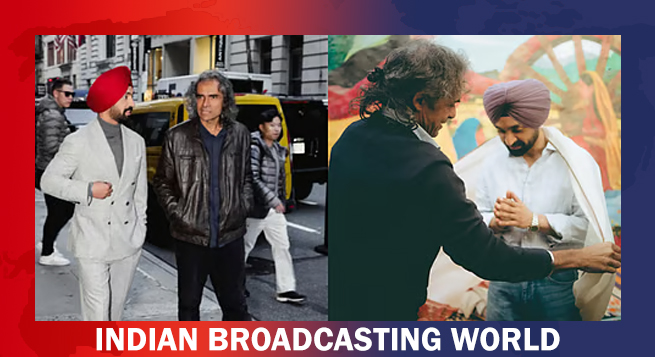 Diljit Dosanjh wraps shoot for untitled Imtiaz Ali film
Diljit Dosanjh wraps shoot for untitled Imtiaz Ali film 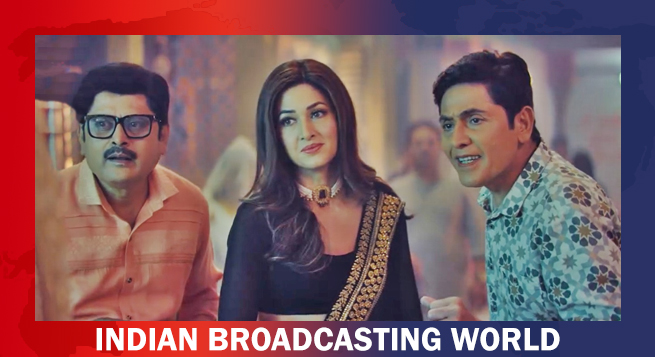 ‘Bhabiji Ghar Par Hai 2.0’ to return with comedy, chaos, a supernatural twist
‘Bhabiji Ghar Par Hai 2.0’ to return with comedy, chaos, a supernatural twist 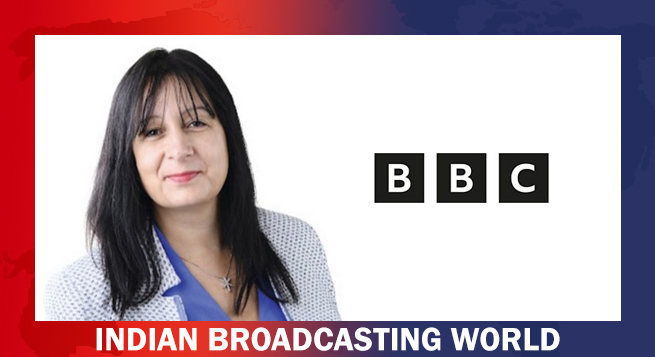 BBC names Bérangère Michel as new Group CFO
BBC names Bérangère Michel as new Group CFO 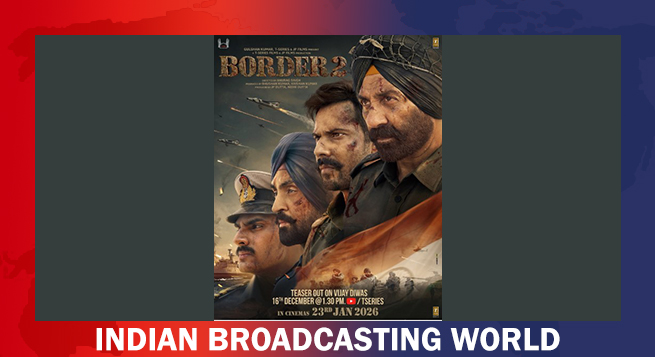 ‘Border 2’ teaser to be unveiled on Vijay Diwas
‘Border 2’ teaser to be unveiled on Vijay Diwas 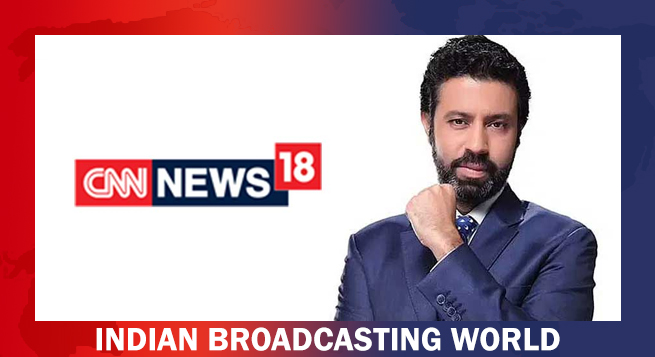 CNN-News18 Rahul Shivshankar takes editorial charge
CNN-News18 Rahul Shivshankar takes editorial charge 



